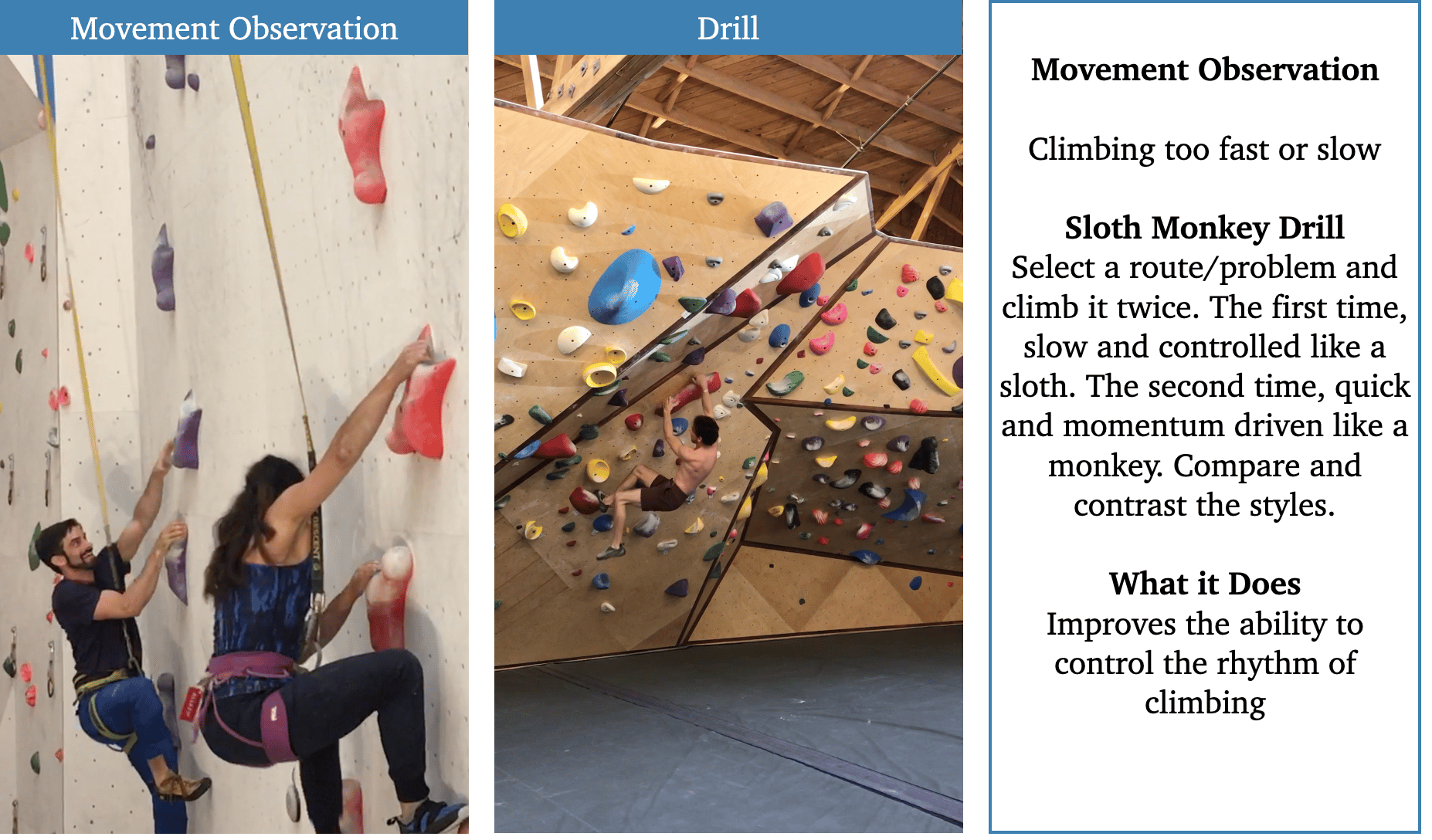🔥 Best MTB GEAR DEALS ON AMAZON
Are Latex Inner Tubes Worth It?
Latex inner tubes have gained significant popularity among cyclists in recent years due to their superior performance and numerous benefits. In this article, we will explore the advantages of using latex inner tubes over traditional butyl rubber tubes and discuss why they can make a significant difference in your cycling experience.

 Introduction to Latex Inner Tubes
Introduction to Latex Inner Tubes
Latex inner tubes are made from natural rubber latex, a milky fluid derived from the sap of the rubber tree. These tubes are known for their high elasticity, durability, and ability to conform to the shape of the tire, offering a more comfortable and efficient ride. Unlike butyl rubber tubes, which are composed of synthetic rubber, latex tubes provide a unique set of advantages that can greatly enhance your cycling performance.
Superior Elasticity and Durability
Latex inner tubes are highly elastic, allowing them to stretch and conform to the shape of the tire. This elasticity absorbs shocks and vibrations from the road surface, providing a smoother and more comfortable ride. Additionally, the durability of latex tubes allows them to withstand the rigors of cycling, making them a reliable choice for both casual and competitive riders.
Conformity to Tire Shape
The ability of latex tubes to conform to the shape of the tire is a key factor in their performance. This conformity creates a larger contact surface area between the tire and the road, resulting in enhanced grip and traction. Improved grip is particularly beneficial when cycling in wet conditions or taking sharp turns, as it ensures better control and maneuverability.

 Efficient Energy Transfer
Efficient Energy Transfer
Latex inner tubes are designed to transmit power from the cyclist’s legs to the wheels more effectively. The high elasticity of latex allows for efficient energy transfer, resulting in quick acceleration and seamless transitions between different cycling conditions. This responsiveness enhances the bike’s handling and agility, giving riders an edge in terms of speed and overall performance.
Reduced Rolling Resistance
One of the main reasons why latex inner tubes are favored by many cyclists is their ability to reduce rolling resistance. Rolling resistance refers to the forces that act against the motion of the bicycle when it is in motion. Latex tubes have a lower coefficient of rolling resistance compared to butyl rubber tubes, allowing you to achieve higher speeds with less effort. This reduced resistance translates into improved speed and efficiency, making latex tubes an excellent choice for competitive cyclists and those seeking to optimize their performance.
Latex vs. Butyl Rubber Tubes
Butyl rubber tubes, commonly used in traditional inner tubes, have a higher coefficient of rolling resistance compared to latex tubes. This means that more energy is required to overcome the resistance and maintain speed. Latex tubes, on the other hand, offer a smoother and more efficient ride due to their lower rolling resistance. This advantage can be particularly beneficial for cyclists looking to improve their speed and reduce fatigue during long rides.
Impact on Speed and Efficiency
The reduced rolling resistance of latex inner tubes has a direct impact on speed and efficiency. With less energy wasted on overcoming resistance, cyclists can achieve higher speeds with the same amount of effort. This advantage is especially crucial in competitive cycling, where even a slight increase in speed can make a significant difference in race outcomes. Additionally, the improved efficiency provided by latex tubes allows riders to maintain higher speeds for longer durations, resulting in improved overall performance.
Impact on Endurance and Fatigue
The reduced rolling resistance of latex tubes also contributes to improved endurance and reduced fatigue during long rides. With less energy expended on overcoming resistance, cyclists can sustain their effort for longer periods without experiencing excessive fatigue. This advantage is particularly valuable in endurance cycling events or when embarking on extended rides. The decreased fatigue allows riders to maintain a steady pace and perform at their best for extended periods, ultimately enhancing their overall cycling experience.
Enhanced Comfort and Grip
Latex inner tubes offer superior comfort due to their ability to absorb vibrations and shocks from the road surface. The natural elasticity of latex allows the tube to deform slightly, acting as a cushion and minimizing the impact of uneven terrain. This feature not only provides a smoother ride but also reduces the risk of fatigue and discomfort during long rides.
Absorption of Vibrations and Shocks
One of the key advantages of latex inner tubes is their ability to absorb vibrations and shocks from the road surface. The high elasticity of latex allows the tube to deform and flex, effectively absorbing the impact of uneven terrain. This absorption significantly reduces the transmission of vibrations to the rider, resulting in a smoother and more comfortable ride. Cyclists can enjoy a more enjoyable and less jarring experience, particularly on rough roads or off-road trails.
Increased Comfort for Long Rides
The enhanced comfort provided by latex tubes is especially beneficial for long rides or endurance cycling events. The ability to absorb vibrations and shocks reduces the strain on the rider’s body, minimizing the risk of fatigue and discomfort. Cyclists can maintain a more relaxed and comfortable riding position, allowing them to focus on their performance and enjoy the journey. This advantage is particularly valuable for cyclists who frequently embark on extended rides or participate in multi-day cycling events.
Improved Grip and Traction
Latex tubes also offer improved grip and traction, particularly in wet conditions. The higher elasticity of latex allows the tube to conform better to the tire, resulting in increased contact surface area between the tire and the road. This increased contact area enhances the grip and traction of the bike, providing riders with better control and maneuverability. The improved grip is especially crucial when taking sharp turns or cycling on slippery surfaces, ensuring a safer and more confident riding experience.
Lightweight and Responsive
Another significant advantage of latex inner tubes is their lightweight construction. Latex tubes weigh significantly less than butyl rubber tubes, reducing the overall weight of your bicycle. This weight reduction can be particularly advantageous for competitive cyclists who aim to achieve faster acceleration and climb hills more efficiently.
Weight Reduction for Improved Performance
The lightweight nature of latex inner tubes contributes to improved performance, especially in terms of acceleration and climbing. With less weight to propel, cyclists can achieve faster acceleration, allowing them to quickly reach desired speeds. This advantage is particularly valuable for competitive cyclists who often need to accelerate rapidly during races or sprints. Additionally, the reduced weight of latex tubes makes climbing hills easier and more efficient, as less energy is required to overcome gravity.
Enhanced Bike Handling and Agility
Latex tubes also enhance the bike’s handling and agility, primarily due to their responsiveness. The high elasticity of latex allows for efficient energy transfer from the cyclist’s legs to the wheels, resulting in quick acceleration and seamless transitions between different cycling conditions. This responsiveness enhances the maneuverability of the bike, allowing riders to navigate tight corners and obstacles with ease. The improved bike handling and agility provide cyclists with a more dynamic and enjoyable riding experience, particularly in challenging or technical terrains.
Puncture Resistance and Durability
While it is true that latex inner tubes are more prone to punctures compared to butyl rubber tubes, advancements in technology have improved their puncture resistance over the years. Additionally, latex tubes can be paired with tire sealants to further enhance their ability to self-seal small punctures, reducing the risk of sudden deflations.
Advancements in Puncture Resistance Technology
Over time, manufacturers have developed and refined the technology used in latex inner tubes to enhance their puncture resistance. Although latex tubes may be more susceptible to punctures compared to butyl rubber tubes, these advancements have significantly reduced the risk. Cyclists can now enjoy the benefits of latex tubes without sacrificing durability and puncture protection.
Tire Sealants for Added Protection
To further enhance puncture resistance, latex tubes can be paired with tire sealants. These sealants are added to the tube and form a protective layer that can seal small punctures automatically. When a puncture occurs, the sealant fills the hole and quickly seals it, preventing air from escaping. This self-sealing feature significantly reduces the risk of sudden deflations, allowing cyclists to continue their ride without interruption.
Maintenance for Longevity
Proper maintenance is essential to prolong the lifespan of latex tubes. Regular inspection, maintaining the recommended tire pressure, and avoiding contact with sharp objects are fundamental practices to ensure durability. By regularly inspecting the tubes for any signs of wear or damage, cyclists can identify and address potential issues before they lead to punctures or failures. Additionally, maintaining the recommended tire pressure helps prevent pinch flats and excessive stress on the tube, further protecting against punctures. Storing latex tubes away from direct sunlight and extreme temperatures is also crucial, as these conditions can accelerate degradation and reduce the lifespan of the tubes.
Considerations and Maintenance Tips
When considering using latex inner tubes, there are a few important factors to keep in mind. Firstly, it is essential to check whether your rims are compatible with latex tubes, as some rims may not be designed to accommodate the higher pressure and elasticity of latex. Secondly, it is crucial to regularly check the tire pressure to ensure optimal performance and minimize the risk of punctures.
Rim Compatibility
Before switching to latex inner tubes, it is important to check whether your rims are compatible. Some rims may not be designed to handle the higher pressure and increased elasticity of latex tubes. Incompatible rims can lead to issues such as tube blowouts or poor performance. Consult your bicycle manufacturer or a knowledgeable bike shop to determine if your rims are suitable for latex tubes.
Regular Tire Pressure Checks
Maintaining the optimal tire pressure is crucial when using latex inner tubes. The recommended tire pressure can vary depending on factors such as tire size, rider weight, and riding conditions. Regularly checking the tire pressure ensures that the tubes are properly inflated, reducing the risk of pinch flats and enhancing overall performance. Use a reliable tire pressure gauge to measure the pressure accurately and make adjustments as needed.
Effective Maintenance Practices
To maintain latex tubes effectively, there are a few maintenance tips to keep in mind. Applying talcum powder or a suitable lubricant to the tubes can help prevent them from sticking to the tire or the rim. This reduces friction and facilitates easier installation and removal. Additionally, storing latex tubes away from direct sunlight and extreme temperatures is important to prevent premature degradation. UV rays and excessive heat can weaken the rubber and reduce the lifespan of the tubes. By following these maintenance practices, cyclists can ensure the longevity and optimal performance of their latex inner tubes.
Conclusion
In conclusion, latex inner tubes can make a significant difference in your cycling experience. With their reduced rolling resistance, enhanced comfort and grip, lightweight construction, and improved responsiveness, latex tubes offer numerous advantages over traditional butyl rubber tubes. Despite their slightly higher susceptibility to punctures, the benefits they provide in terms of performance, speed, and overall ride quality make them a popular choice among cyclists. Whether you are a competitive cyclist or an avid enthusiast seeking to optimize your ride, latex inner tubes are undoubtedly worth considering for an improved cycling experience.
FAQ
- What are latex inner tubes made of?
- Latex inner tubes are made from natural rubber latex, derived from the sap of the rubber tree.
- How do latex inner tubes improve cycling performance?
- Latex inner tubes offer superior elasticity and conformity to the tire shape, resulting in a smoother ride, enhanced grip, and efficient energy transfer.
- Do latex inner tubes reduce rolling resistance?
- Yes, latex inner tubes have a lower coefficient of rolling resistance compared to butyl rubber tubes, allowing for higher speeds with less effort.
- How can puncture resistance be improved for latex inner tubes?
- Advancements in technology have improved the puncture resistance of latex inner tubes, and pairing them with tire sealants can further enhance their ability to self-seal small punctures. Regular maintenance practices like inspecting for wear or damage, maintaining proper tire pressure, and avoiding sharp objects can also help prolong their lifespan.



